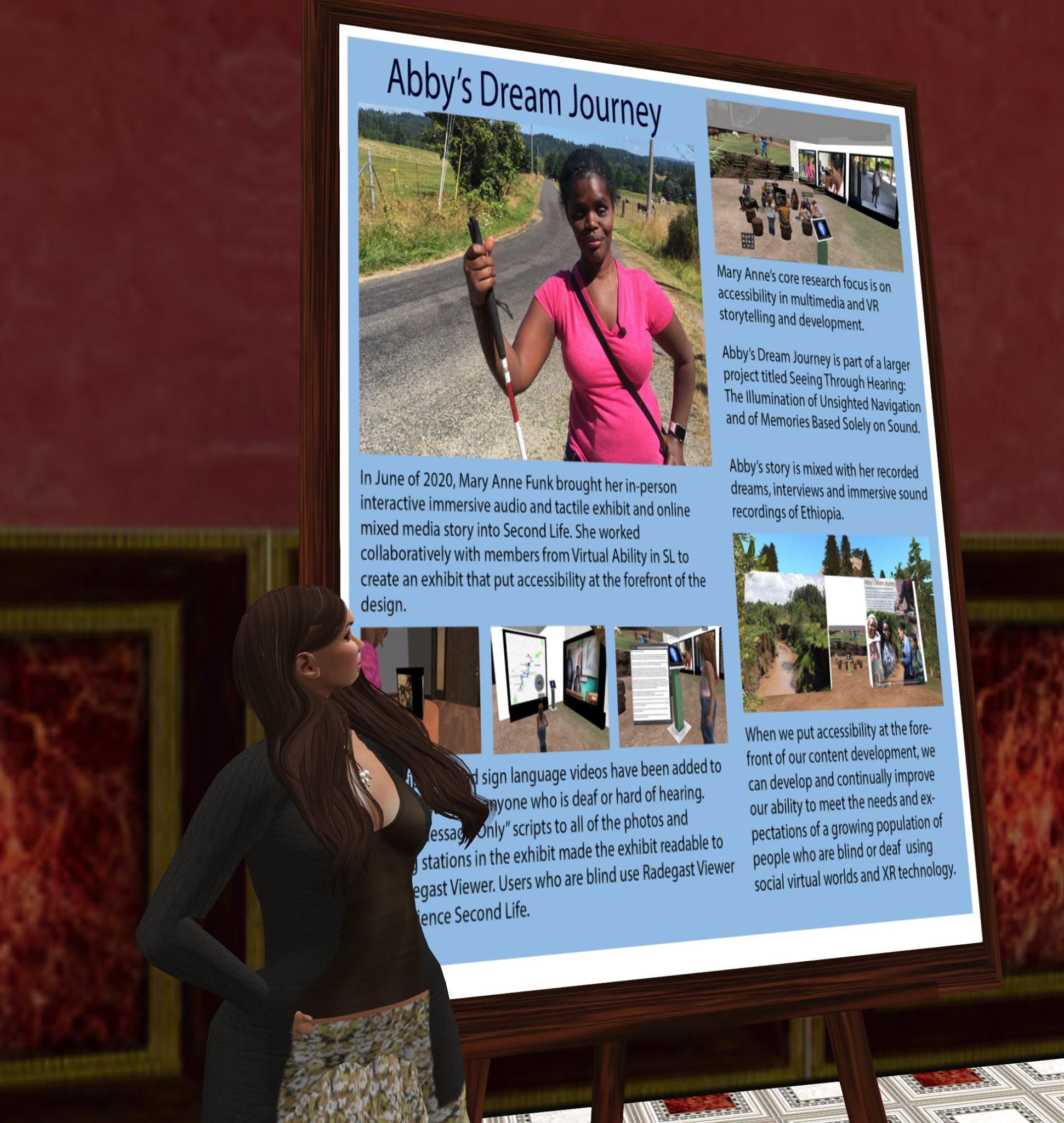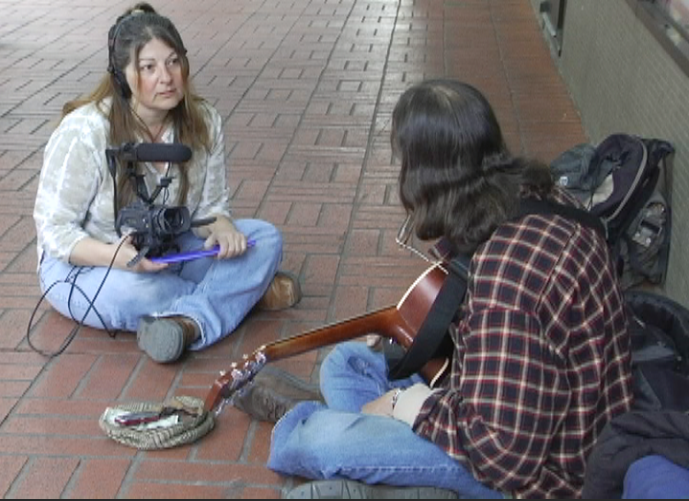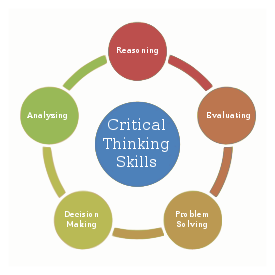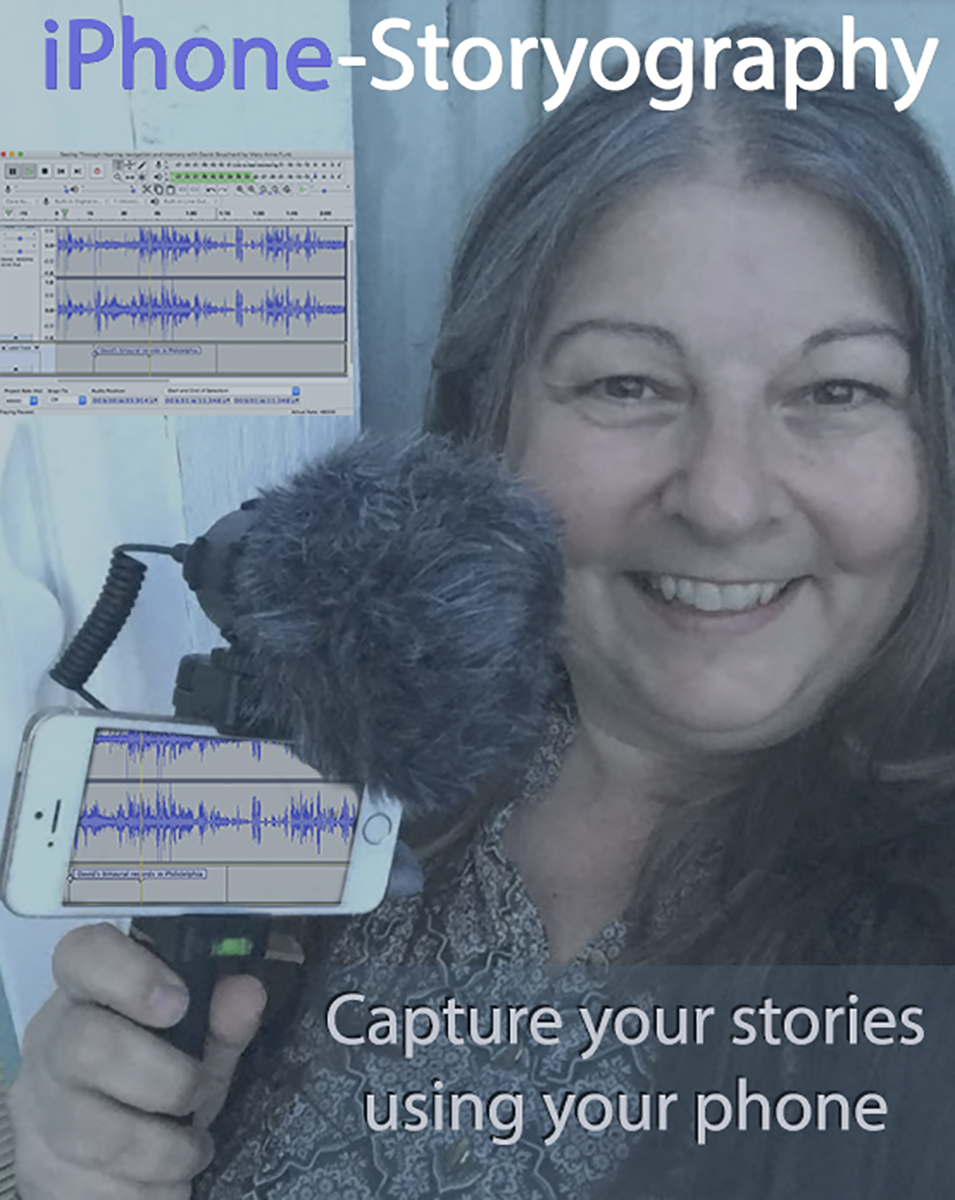Visual Storytelling
Dear student,
The purpose of this soft syllabus online is to provide an overview and introduction to what this class is about and what you will need for the class. Complete information on the course will be available on our D2L course page when it opens on the first day of the term.
Course Overview
Course Description from PCC:
 Explores practices and perspectives in visual storytelling methods, immersive technologies, various media, and creative output with an emphasis on anti-racism, cultural understanding, diversity, inclusivity, and social justice advocacy. Audit available.
Explores practices and perspectives in visual storytelling methods, immersive technologies, various media, and creative output with an emphasis on anti-racism, cultural understanding, diversity, inclusivity, and social justice advocacy. Audit available.
Intended Outcomes for the course from PCC:
Upon completion of the course students should be able to:
- Demonstrate an understanding of the integration of usability and accessibility in digital storytelling.
- Define and compare using a diversity framework how various forms of visual methods have been used to represent culture and society.
- Evaluate how content creators have used training videos, films, documentaries, immersive media, and various mediums to shed light on themes of equity, inclusivity, advocacy, community activism, social justice, cultural understanding, community stories, and ethical standards.
- Evaluate and develop project ideas using visual methods in storytelling.
- Develop personal project ideas that address the issues and themes of equity, inclusivity, advocacy, community activism, social justice, cultural understanding, community stories, and ethical standards.
Course Content (Themes, Concepts, Issues, and Skills)
- Themes and Concepts:
- Equity, Inclusivity, Advocacy, and Community Activism focused on social justice, cultural understanding, community stories, and ethical standards
- Skills:
- Critical and reflexive thinking
- Research, Writing, and Analysis
 Instructional Approach
Instructional Approach
Over this quarter we are using our time, both in class and outside of class to:
- We explore the contributions of visual storytellers and media content creators of diverse racialized, gendered, and classed demographics.
- We will learn about ethical standards and practices in the use of visual methods
- Cultural relativism, identity, and stereotypes in media.
- Interactive stories through the lens of viewer agency.
- Social and cultural awareness.
- Storytelling with diverse perspectives.
Lessons, interactive discussions, course reading materials, assignments, and topics are based on:
- The department’s course content and outcomes details from the catalog.
- My personal experiences and knowledge in the multimedia field, my background in visual anthropology, and your interests and knowledge
- Topics and issues that come up in your conversations during class.
Critical and reflexive thinking activities:
 Throughout the quarter, both in class and through assignments in D2L, we will focus on critical and reflexive thinking activities.
Throughout the quarter, both in class and through assignments in D2L, we will focus on critical and reflexive thinking activities.- How have changes in technology changed the way we produce and consume visual content?
- How have visual methods and various mediums been used for social change?
How have visual methods, including film, video, print publications, photography, television, and social media played a role in the way we perceive society? - How can we address these issues in our work?
- These are just a few of the driving questions we will examine throughout the quarter through open discussions and course activities.
Message from the instructor:
- Tell the stories you want to tell.
- Don’t be afraid to explore your ideas: this is how we learn and grow as storytellers and content developers.
- Don’t let yourself think that your story isn’t as important as someone else’s story just because it isn’t focused on a weighty subject matter. Good and happy stories matter too. Stories that take us to different emotional heights or reach different artistic or technical heights are just as important.
- Don’t ever feel like you have to say what you think I want you to say. We are holistic human beings and we bring with us the experiences we’ve had in life that shape our thinking and understanding. Your voice, your experience, and your opinion matter.
Course Structure
- Remote Class Lecture
- We meet remotely every week, over Zoom, during our designated time for in-class lessons, demonstrations, discussions, guest speakers, and hands-on learning activities. You are expected to be in class every week.
- Fall 2022 schedule: We meet on zoom every Wednesday from 6:00-8:50 pm
- To access our remote class, when you log into our D2L class page on the first week of class, you will see an opening message that explains how to find our Zoom link.
- Lectures are interactive. Please come prepared to truly be present during our face-to-face times over zoom. This means having your microphone ready to turn on and the camera always on.
- We meet remotely every week, over Zoom, during our designated time for in-class lessons, demonstrations, discussions, guest speakers, and hands-on learning activities. You are expected to be in class every week.
- D2L Assignment Modules
- D2L stands for Desire To Learn. It is the online system that we use at PCC for assignments, materials, and homework submissions. During the weekly lesson modules, you will work on activities that teach critical thinking through analysis and interpretation and that help prepare you for the next week’s class lesson/discussion and in-class activity.
- Outside of class students will explore the use of visual methods in storytelling and watch films and television shows with a critical eye on the role of gender, cultural context, race, and economic class.
- Assignment Module materials and activities vary. A couple of examples:
- Assignment Module Example 01:
- Watch or read what is listed in the material’s section and write a 1 to 2-page paper analysis and interpretation of what you are watching.
- Assignment Module Example 02:
- Conduct research and create a visual abstract of your research.
- Assignment Module Example 01:
- Time Commitment:
- Remote Weekly Time Requirements
- This is a 3-credit class that meets once a week for 2 hours and 50 minutes.
- During this time, you will have in-class discussions and hands-on activity sessions that are designed to be completed during class and shared during class.
- This is a 3-credit class that meets once a week for 2 hours and 50 minutes.
- Assignments/Project Development
- You can expect to spend on average 6-8 hours a week on:
- Weekly Assignments
- Final Project development outside of class.
- NOTE: If you are not in class for in-class activities, expect to spend more time outside of class in addition to your weekly D2L lessons/assignments/project development.
- You can expect to spend on average 6-8 hours a week on:
- Remote Weekly Time Requirements
Prior knowledge needed:
- It is helpful if you have prior knowledge of using equipment, this could be a cellphone to take pictures, record video, and or record audio.
- It is helpful if you have experience writing outlines.
- It is helpful to have some experience in basic editing of photos and videos
- Note: You can still be successful in this class if you do not have any prior knowledge of the above.
Software Requirements:
Note: this is not a tech-heavy class, so you will not be expected to do extensive editing.
- Text programs such as Google Docs, Microsoft Word, and Open Office.
- Presentation software such as Google Slides, Microsoft Powerpoint, Open Office Impress, and Canva
- Google Sites
- When needed we will look at options for software/apps that are free and easy to use. As I said at the beginning of this list, we will not be doing extensive editing.
Digital Media Equipment List
Required Equipment List:
- Desktop or Laptop Computer for working on assignments, and remote classes.
- Our remote class time together has in-class activities and assignments that require you to attend using a computer/laptop.
- External or on-computer webcam for remote class participation and presentations. (Mandatory.)
- Headphones with microphone for remote class participation
- iPhone/Smartphone/Cellphone or designated gear for taking photographs, recording video, and recording audio.
- You can be successful in this class using your phone’s camera and recording capabilities.
Optional, yet highly recommended, additional equipment for this class and other multimedia classes:
- iPhone/Smartphone/Cellphone tripod mount
- Lightweight tripod or monopod with feet
- Lav (clip-on) microphone for smartphone, DSLR, or camcorder, at a cost of $15 to $30
- Make sure it is compatible with your device
- Smartphone video kit
- Make sure it is compatible with your device
